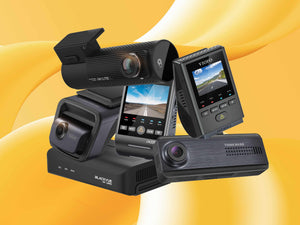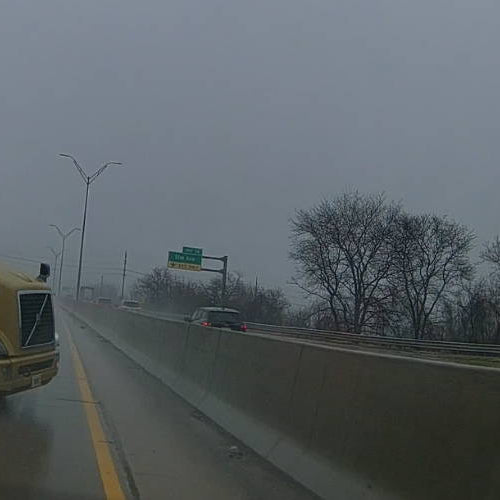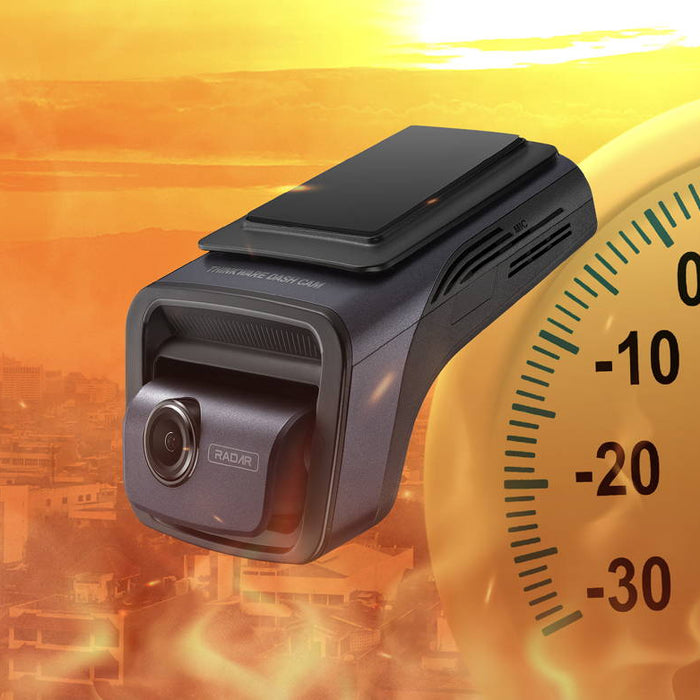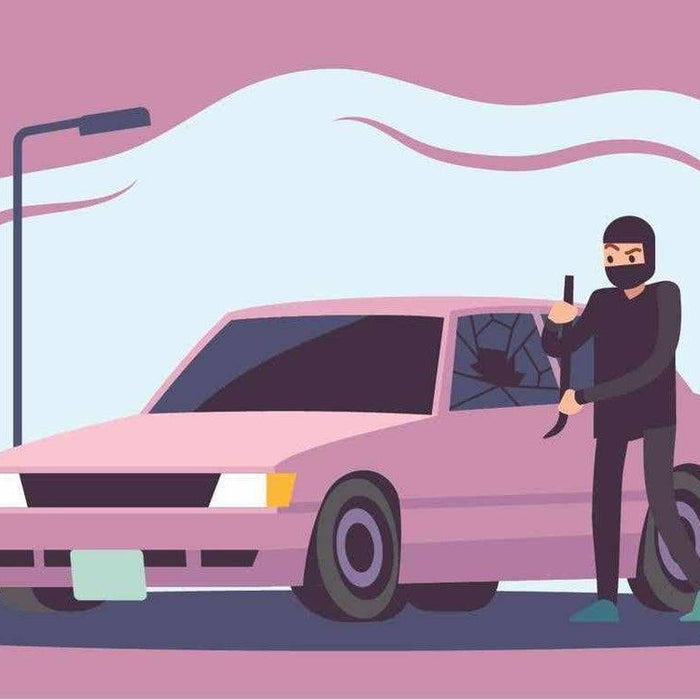Did you know that the statistics between car accidents in the United States and Canada are incredibly different? In 2018, 12 million drivers in the United States were involved in vehicle crashes. The year prior, in Canada, the Canadian Transportation Safety Board indicated that only 160,000 car accidents occur each year. What makes these two border-sharing countries so different? More Canadians use mass transit and have stricter laws. This may account for the large difference in the number of accidents each year between the two countries.
Most drivers are likely to be involved in a car accident at least once in their lives - accidents happen - you can be the safest driver around, but that doesn't save you from the driver who decided to run a red light. In these stressful situations, many new and young drivers don't have the confidence or the know-how to deal with first responders, injuries, other drivers and insurance companies.
There are several different types of accidents , some you might have already experienced, others - let's hope you never have to deal with in your lifetime. Either way, here's what you need to do if you ever encounter these scenarios as a driver.





